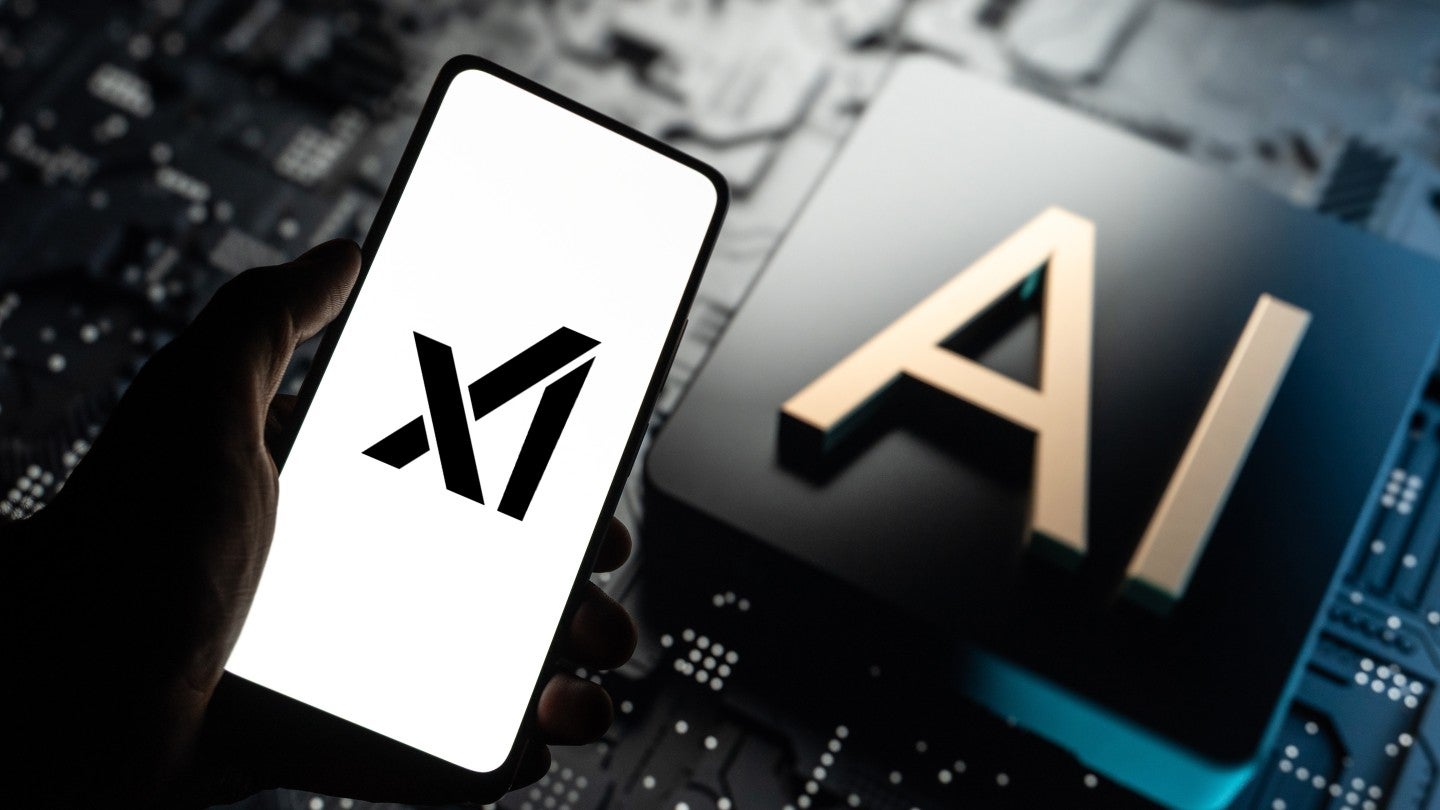If you’re a game founder trying to raise your first institutional round, you’ve probably been told to “build community,” “show traction,” and “stand out.” But what does that actually mean to a VC sitting on the other side of the table?
At a recent panel on funding game startups, Teppei Tsutsui, General Partner at GFR Fund, gave founders an honest look at how early-stage investors think. With over a decade of experience backing game studios and consumer tech companies, Teppei shared what gets his attention in a pitch—and what makes him quietly pass.
Whether you're preparing to pitch or just launched your prototype, his answers offer tactical clarity on what matters, what doesn’t, and how to position your startup to break through the noise.
Q: What are the top three things you look for in a pitch?
Teppei Tsutsui: We look for team, community, and something new. For the team, we’re evaluating commitment. We want to see founders who have spent real time building, not just a strong background, but tangible evidence that they’ve invested effort in a prototype or vision. The second is community: Is there already excitement around what you're building? Whether it’s a Discord server or early social buzz, community traction speaks volumes. Third is novelty, either in technology or geography. We’re excited about emerging platforms like AI, blockchain, or VR, and under-explored markets like LATAM, Southeast Asia, or Africa.
Q: What makes a pitch stand out?
Teppei: For me, it’s not about slides—it's about experiencing the product. One of the best pitches we saw was from a social VR startup. Instead of a pitch deck, they asked us to put on a headset and interact with real users in their environment. It was immersive and instantly showed us what they were building. Another great example is when founders show organic community engagement—players already forming around the idea, talking excitedly on Discord or social media. That’s more compelling than any verbal pitch.
Q: What’s an instant red flag in a pitch?
Teppei: Misalignment. If a team doesn’t understand our investment focus—say, they’re raising a $10M Series A when we typically write smaller checks at earlier stages—that’s an easy pass. It’s not necessarily their fault, but it does show a lack of research. I’d encourage founders to tailor their outreach: know who you’re talking to and what stage they invest in.
Q: How much emphasis do you place on prototypes?
Teppei: We don’t expect a polished game, but we do want a real experience, not a video. A playable prototype, even if rough, shows the team’s ability to execute. It’s also a sign of commitment. If they’ve built something hands-on before raising any money, that speaks louder than a deck. The core gameplay should be there—something we can feel and interact with.
Q: Are you more drawn to ideas that are completely new, or those that iterate on proven formats?
Teppei: It’s rarely one or the other. The sweet spot is often a hybrid, taking a proven mechanic and layering something new on top. That could be a fresh setting, a unique character system, or a new platform. We're not looking for completely uncharted territory, but we’re also not investing in games that feel too familiar. It’s a balance.
Q: How do you view publishing partnerships in the context of Series A funding?
Teppei: It depends on the studio’s funding strategy. Some investors avoid publishing deals because they limit upside due to revenue splits. But we’re flexible. We don’t require founders to go either way. What matters is alignment. Whether you're talking to a VC like us or a publisher, it's about finding the right fit based on your goals.
Q: What if a startup hears “no” from GFR—does that mean it’s over?
Teppei: Not necessarily. We usually communicate if we’d be open to reconnecting in six months or a year. If we don’t see a fit, we’ll say so, but I never say “never come back.” Things change—markets shift, teams evolve. Just because it’s not a yes now doesn’t mean it won’t be in the future.
Q: Do you proactively create or incubate game studio ideas internally?
Teppei: Not really. Some funds do that, but we don’t incubate from scratch. We’re looking for teams with internal conviction—people who are in the driver’s seat. If the idea originates from us, we’re in the passenger seat, and that rarely works in gaming. We back founders who have a vision and are already building it.
Q: Beyond capital, what else does GFR bring to the table?
Teppei: We help our portfolio companies connect with major publishers and tech platforms—Google, Meta, Snap, and others. We also invest across gaming and consumer tech, so we’re often facilitating cross-industry insights. Whether it's connecting a gaming startup to a consumer social founder or vice versa, we try to be value-add beyond just funding.
Final thoughts
Teppei’s perspective underscores a broader shift in the early-stage games market: teams must now prove passion and traction before funding. It’s no longer enough to just have a great background—investors want to see early validation, authentic community engagement, and thoughtful differentiation.
If you're an investor or LP looking for partnership opportunities, reach out to us at hello@gfrfund.com. For startups, please pitch to us by filling out this form. We'd love to hear from you!

%20(1).jpg)



